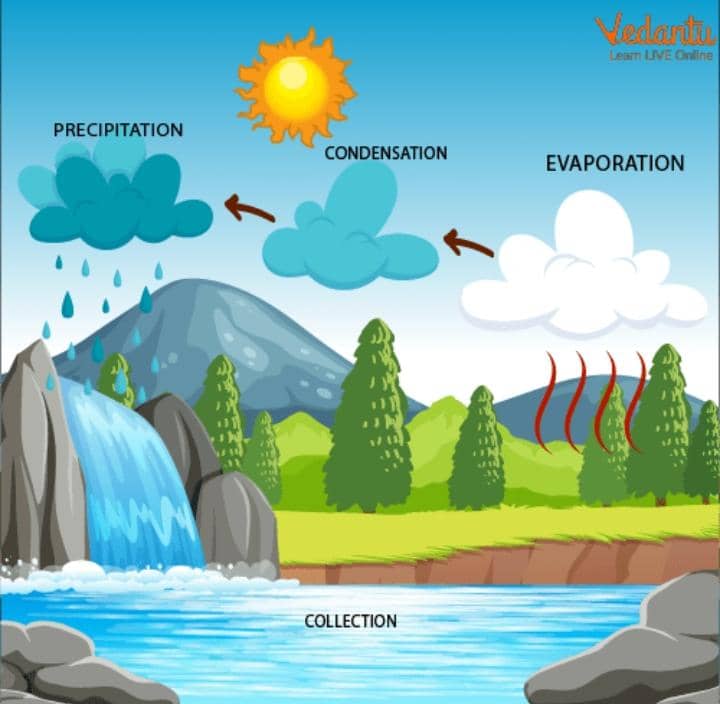Have you ever looked up at a cloudy sky and wondered where rain truly comes from? Most people envision rain as simply falling from the sky, but the reality is far more complex and fascinating.
Understanding the origins of rain involves delving into the intricate processes of the Earth’s atmosphere, which transform water vapor into the droplets that nourish our planet.
To grasp how rain forms, we must first explore the water cycle. This natural process begins with evaporation, where heat from the sun transforms water from oceans, lakes, and rivers into water vapor.
This vapor rises into the atmosphere, where it cools and condenses around tiny particles like dust or pollen, forming clouds. This transformation is not instantaneous; it is a continuous journey that involves various stages and environmental conditions.
Once enough water vapor accumulates in the atmosphere, it leads to the formation of clouds. These clouds are composed of countless tiny water droplets or ice crystals, depending on the temperature.
As more water vapor condenses, these droplets grow larger. When they reach a certain size—typically around 0.5 millimeters—they can no longer remain suspended in the air and begin to fall to the ground as precipitation. This process is known as “coalescence,” where smaller droplets merge to form larger ones.
Rain can originate from various weather systems that transport moisture across vast distances. Warm fronts, cold fronts, and tropical storms all play significant roles in influencing rainfall patterns. For instance, when warm air rises over cooler air, it cools and condenses, leading to cloud formation and precipitation.
Thus, while we perceive rain as falling from above, it is essential to recognize that it is part of a larger system influenced by atmospheric conditions.
In conclusion, rain does not simply fall from the sky; it is a product of complex atmospheric processes that involve evaporation, condensation, and precipitation.
This continuous cycle connects land and sky in an intricate dance that sustains life on Earth. By understanding how rain forms and where it originates, we can appreciate its vital role in our ecosystem and the beauty of nature’s processes that bring us this essential resource.
So next time you see raindrops falling, remember that they are not just descending from above—they are part of a remarkable journey through our atmosphere!

